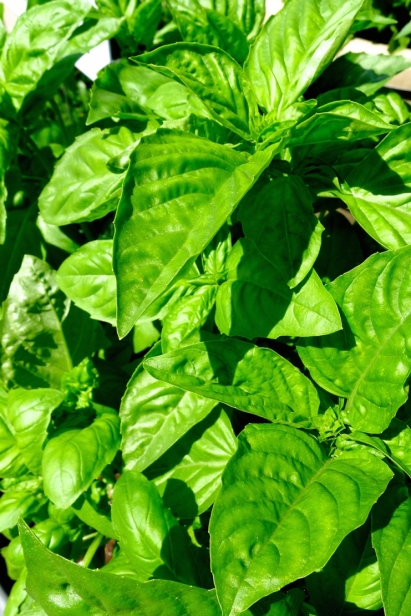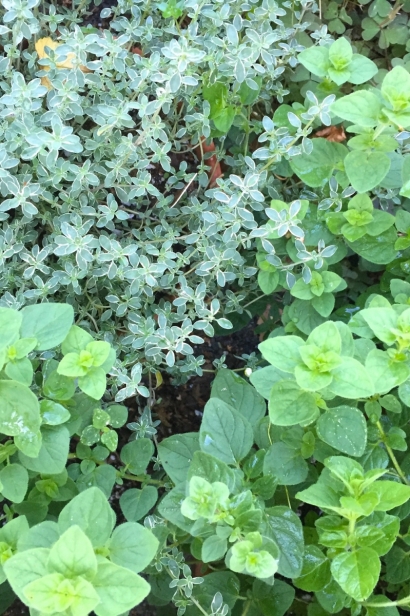Herbalism 101: An Introduction to the Bounty of the Backyard
What is herbalism? Although the name may suggest something arcane, in truth it is the simple practice of using herbs and herbal preparations to maintain health and to prevent, alleviate, or cure disease. Most often, herbalism uses herbs for curing everyday ailments and increasing well-being and vitality. Interest in natural health and healing is on the rise, and herbalism, one of our most ancient and valuable healing practices, is rising right along with it. Some of us may have learned the value of gardening and foraging for wild foods and remedies from parents or grandparents. But even among the uninitiated, the “back to the land” movement is growing rapidly here in Connecticut, and many Nutmeggers are excited to embrace this growing trend. For those who are new to the practice, the best place to begin is in our own homes, backyards, and communities.
An Ancient Practice for the Modern Day
The World Health Organization (WHO) describes herbalism as the use of crude plant material such as leaves, flowers, fruit, seed, stem, bark, root, or other plant parts. They estimate that 80% of the world’s population still relies on medicinal plant preparations for their primary healthcare needs. We have used plants for medicine and food for as long as we have inhabited the planet, living with and among them for thousands of years. Perhaps unsurprisingly, this close relationship has led to a co-evolution in which people tend to respond favorably to plant remedies and wild food.
Many of us incorporate herbalism into our everyday lives without even realizing it, particularly this time of year, when the plants – both in the wild and in our gardens – are so abundant. That cup of chamomile tea that helps us drift off to sleep is a great example of an herbal practice that many already engage in. When we eat a little extra garlic in our diets to help ward off the cold that is going around the office, that, too, is an herbal practice. Even when we use the juice of an aloe plant for a kitchen burn, we’re practicing herbalism.
In Your Backyard
Popular garden and culinary herbs are a great place to start exploring herbalism. Though often touted for their flavors and aromatic qualities, most of these herbs have a long history of being valuable for their medicinal properties as well. In this mid-summer season of herbal and garden abundance, we can look to these common culinary herbs for much more than flavor and easily incorporate their health benefits into our lives.
Basil is a member of the mint family and, like most other mints, is often used for its digestive and carminative (anti-gas) properties. Try a cup of basil tea after dinner to aid the digestive process. Herbalists also recommend basil leaf to ease stomach cramps, headaches, and anxiety. This popular herb acts as a mild nervine, which means that it has a relaxing effect. It’s an old-time remedy helpful for a modern-day ailment: stress! Basil is an herb that can be used fresh or chopped and then frozen in ice cube trays for later use. Two other familiar herbs found in the garden are dill and fennel, which work similarly as digestive aids and also as carminative herbs. Both herbs are mild enough to be used as safe and effective remedies for colicky babies. These two herbs are the main ingredients in the popular remedy, “gripe water.”
Simple Gripe Water
Yields 14-16 oz.
INGREDIENTS
- 1 teaspoon dill or fennel seeds, crushed
- 1 pint water
DIRECTIONS
- Simmer water and dill or fennel seed for 10 minutes.
- Strain seeds and allow to cool.
That’s all there is to it! Feed it to your child at room temperature or slightly warmed, depending on your baby’s preference. After 24 hours, the solution may lose some of its potency and may even begin to turn, so don’t make large quantities with the intention of saving it.
Regarded with great favor, oregano is also usually thought of as a culinary herb, but it has been used medicinally for thousands of years not only as a carminative and digestive aid but also for fevers, coughs, and colds. Try a cup of oregano tea the next time you experience these ailments.
Often served with restaurant meals, parsley is filled with vitamins and minerals. Parsley can be used as a natural breath sweetener by eating the leaves right from the plant.
That beautiful rosemary bush works as an antidepressant, offering an uplifting sensation that is useful for combating depression. It is also a circulatory stimulant that is helpful for headaches, migraines, and memory enhancement.
Often thought of merely as an addition to our Thanksgiving meals, sage is also an astringent herb that can be found in natural deodorants and is thought to dry up perspiration. Its antiseptic properties make it useful as a mouth rinse for cold sores, sore throats, and mouth irritation. To use, simply make a tea and use as a mouth rinse.
There’s an old saying, “when in doubt, use thyme.” Its carminative actions make it helpful for sluggish digestion, while its antiseptic actions make it useful as a gargle for laryngitis and tonsillitis. It even eases sore throats and soothes irritable coughs.
The basic tenets of herbalism are accessible and easy to learn. Many of us are already incorporating herbal practices into our daily lives. There are a host of edible and medicinal herbs growing wild right outside our doorstep. I consider myself quite lucky to have had an Italian, immigrant grandmother who not only grew her own food and herbs but also would have us pick wild greens with her throughout the growing season. The plants growing around our homes are filled with a wildness and vitality that cannot be found anywhere else. A fellow herbalist and friend of mine used to say “try to eat just one wild thing each day.” This is a great way to start incorporating herbalism into your daily life and, ultimately, a great way to connect to better health and wellness.
Stay tuned for future columns from Lupo Passero with more recipes and season-specific herbal remedies.








